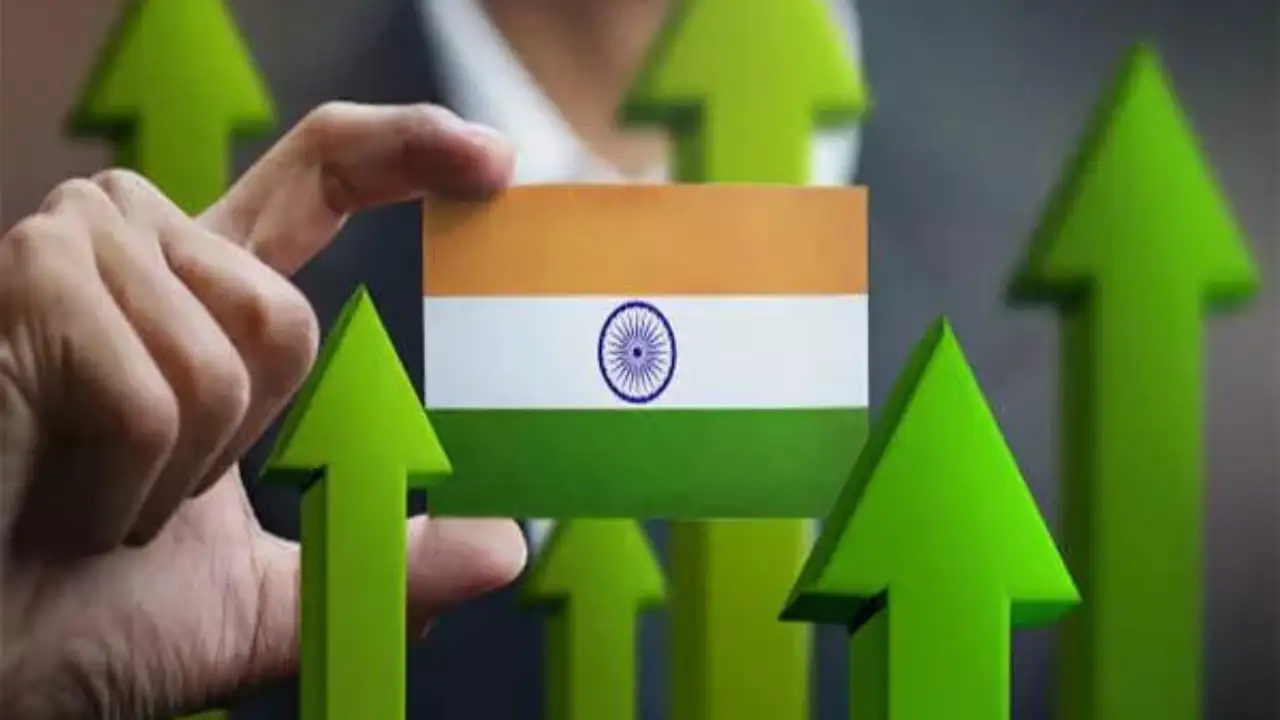Now Reading: India Must Sustain 8% Growth to Counter Global Headwinds, Says Finance Ministry
-
01
India Must Sustain 8% Growth to Counter Global Headwinds, Says Finance Ministry
India Must Sustain 8% Growth to Counter Global Headwinds, Says Finance Ministry

India’s finance ministry has set an ambitious economic growth target of around 8% annually over the next decade—a vital benchmark for the country to achieve its goal of becoming a developed nation by 2047. The government plans to bolster this growth through increased investment and consumption, even as it navigates geopolitical uncertainties and rising external pressures.
The Growth Imperative
The finance ministry told a parliamentary committee that maintaining 8% real growth each year is essential to build momentum toward long-term developmental goals. For the current fiscal year, growth is projected at 6.3%–6.8%, broadly in line with last year but still shy of the required pace.
To reach the 8% mark, the investment rate must rise to 35% of GDP—up from the current 31%. Further, the government is seeking to boost domestic demand with targeted consumer tax cuts. The Reserve Bank of India has also reduced interest rates by 100 basis points this year to support growth.
Navigating External Pressures
India’s growth ambition comes amid mounting geopolitical tensions and trade disruptions. Recent U.S. tariffs—amounting to up to 50% on certain Indian goods—could shave off nearly 0.4 percentage points from India’s growth in 2025–26. Despite these challenges, officials emphasise the resilience of the domestic economy, especially in sectors rooted in local demand.
What It Means for Tier 2 Cities
For urban centers like Nashik, Mysuru, and Bhopal, this translates into growing opportunities for infrastructure projects, manufacturing units, and service sectors to thrive. Investments in roads, digital connectivity, and local enterprises can drive inclusive growth—if policymakers ensure that development reaches beyond metro zones.
Conclusion
Meeting the 8% growth target isn’t just about numbers—it’s a test of economic resilience, strategic policy-making, and inclusive outreach. For India’s broader urban and semi-urban landscape, especially Tier 2 cities, success in this endeavour promises better infrastructure, jobs, and a future aligned with national aspirations
























